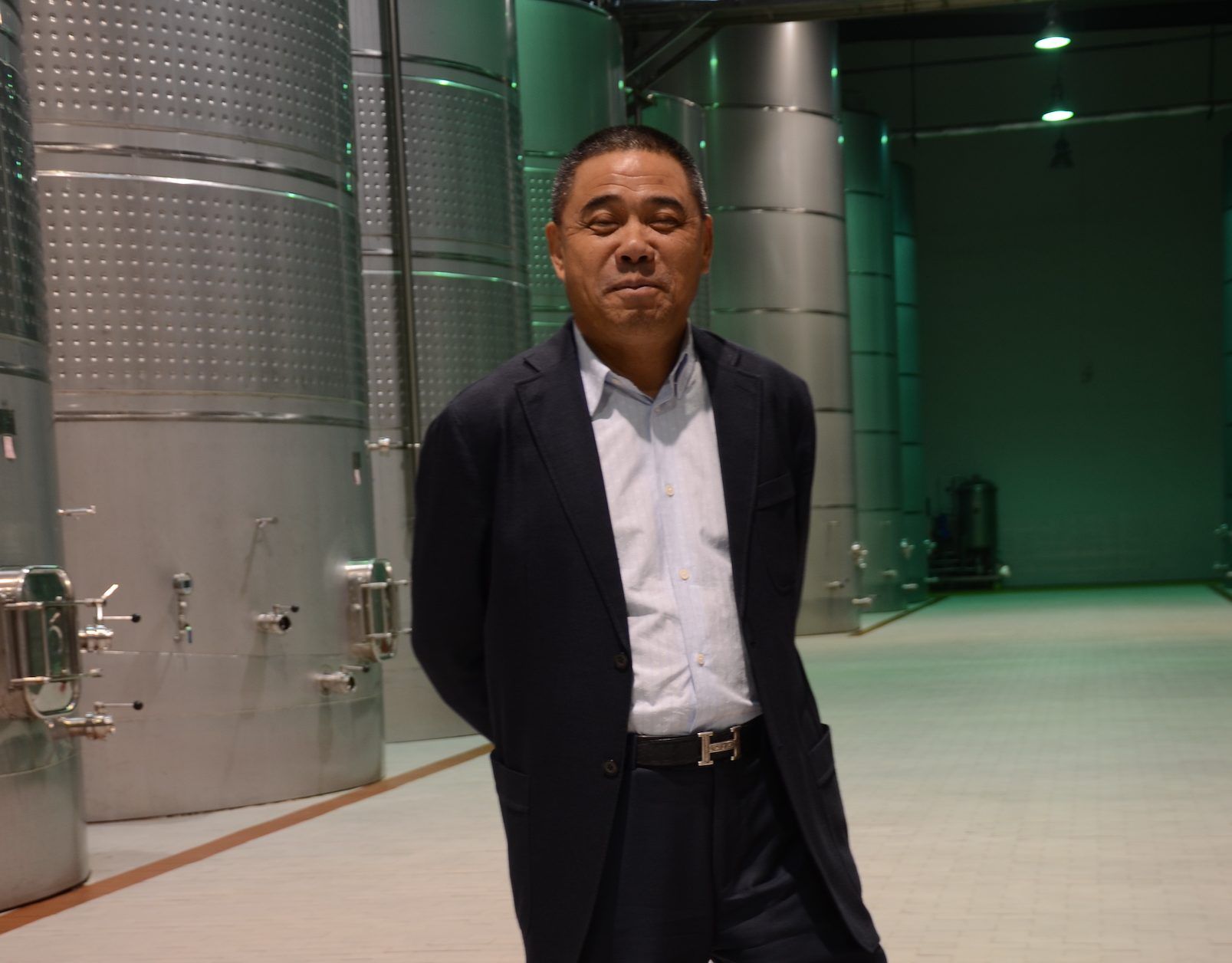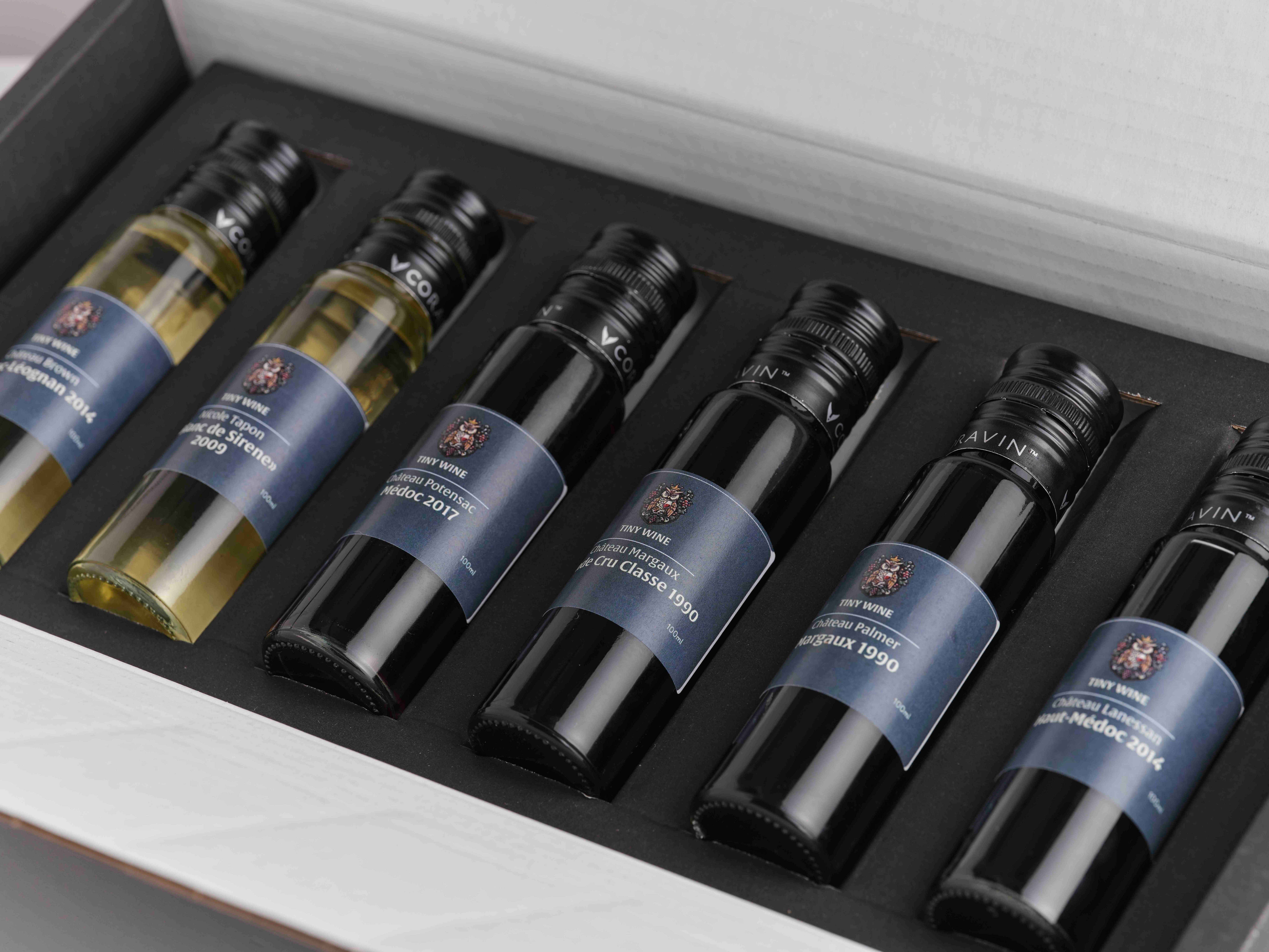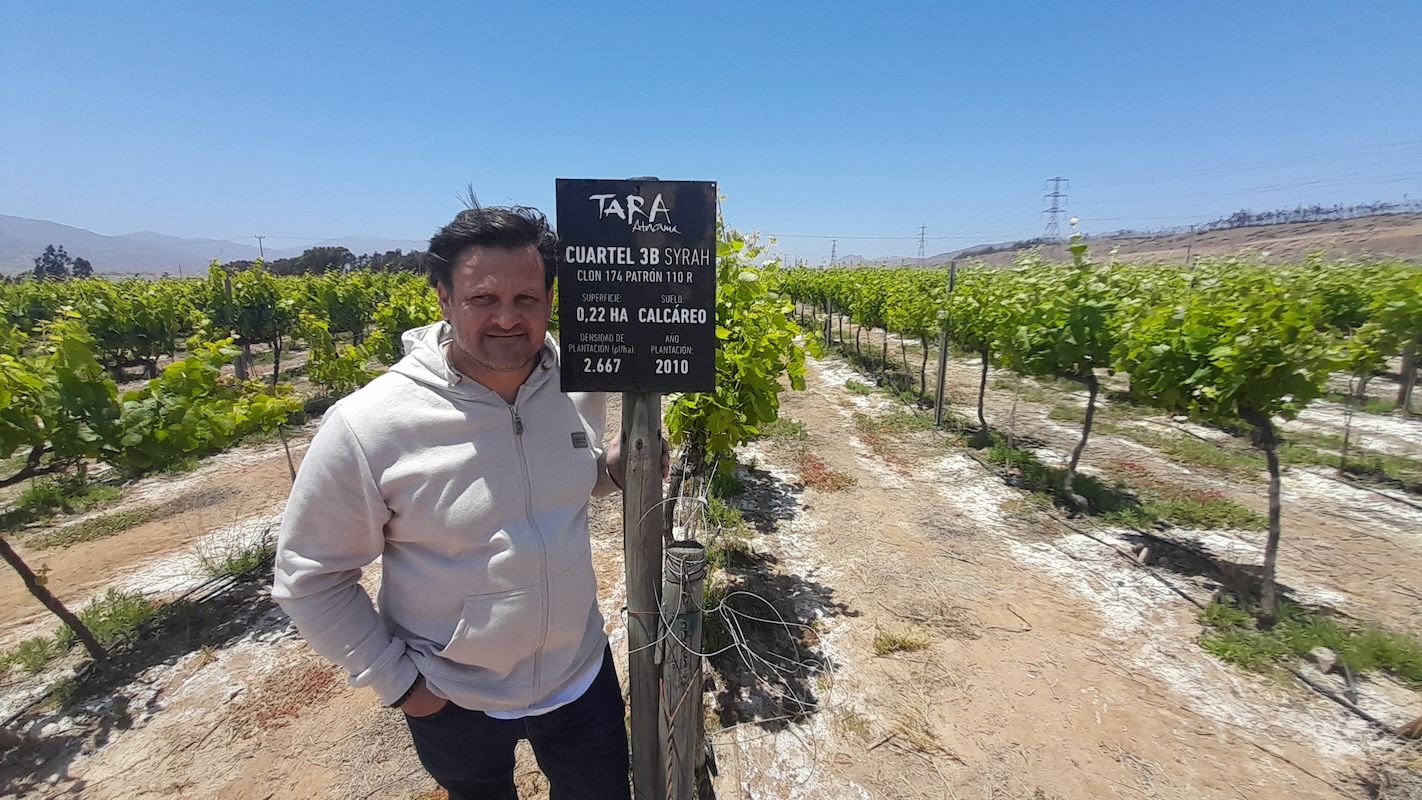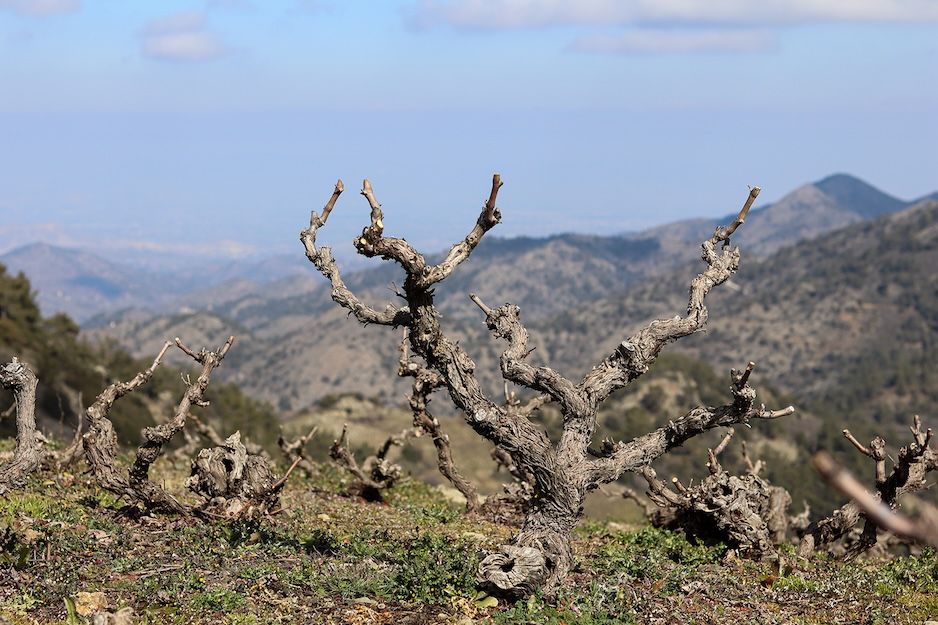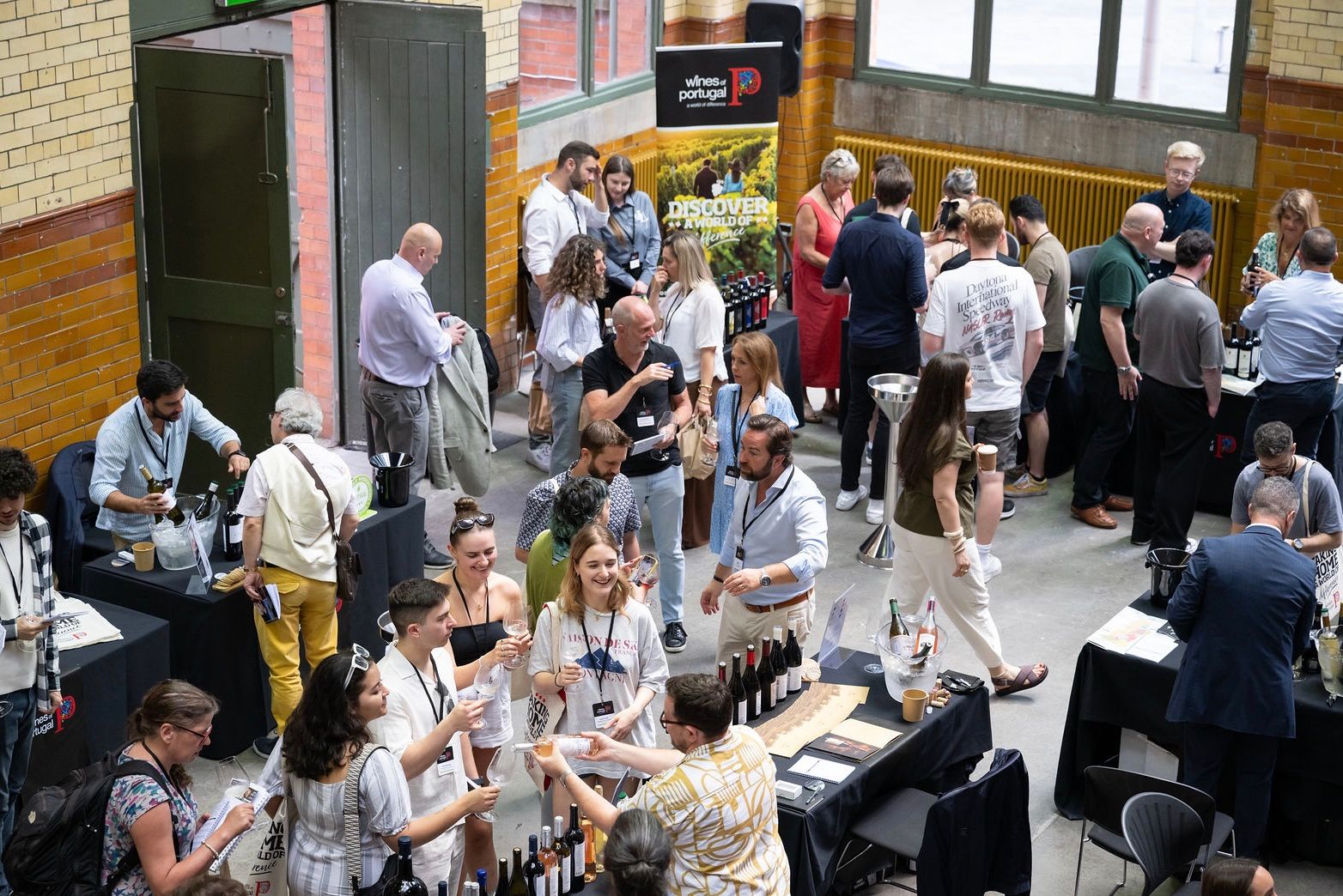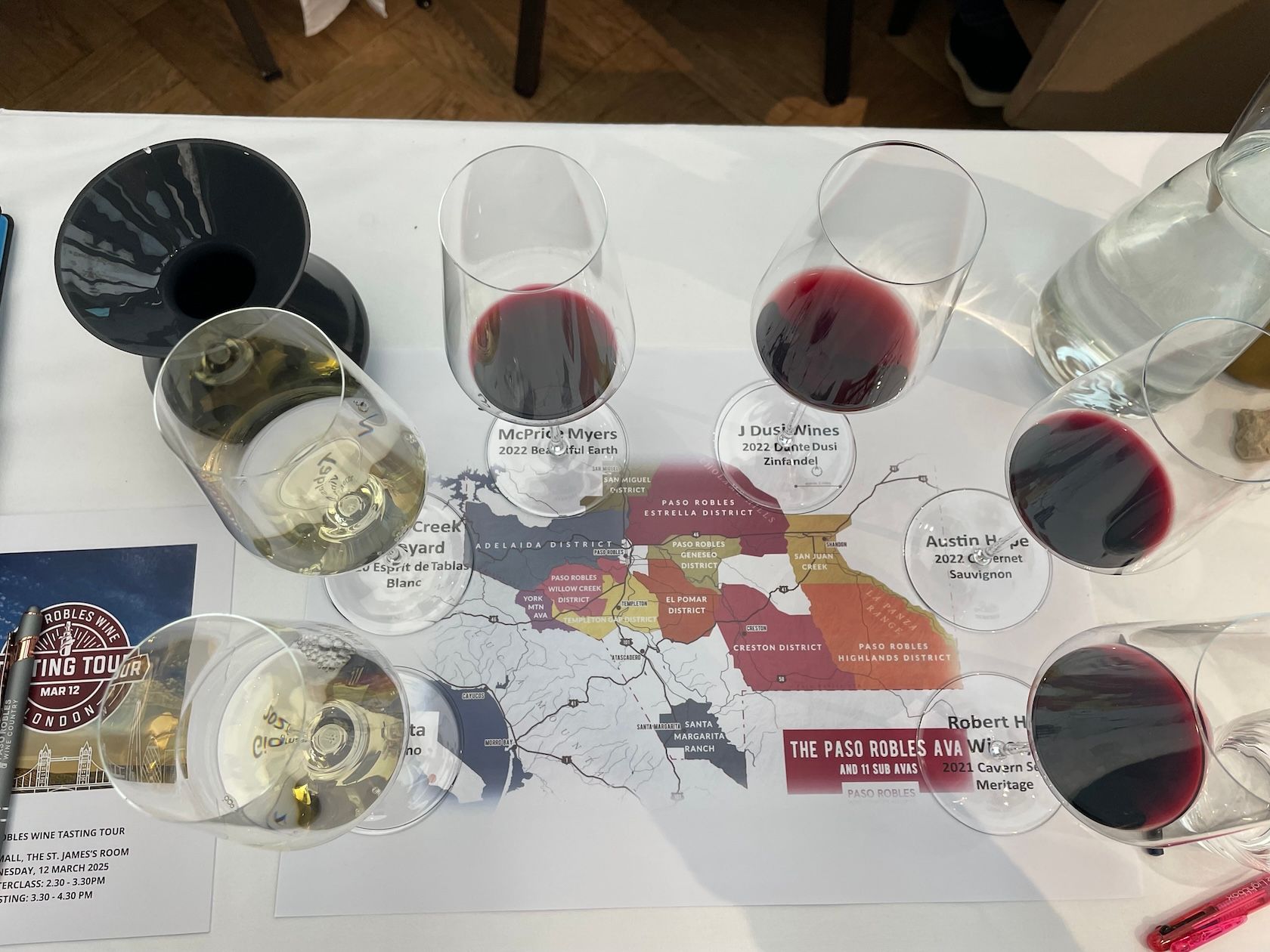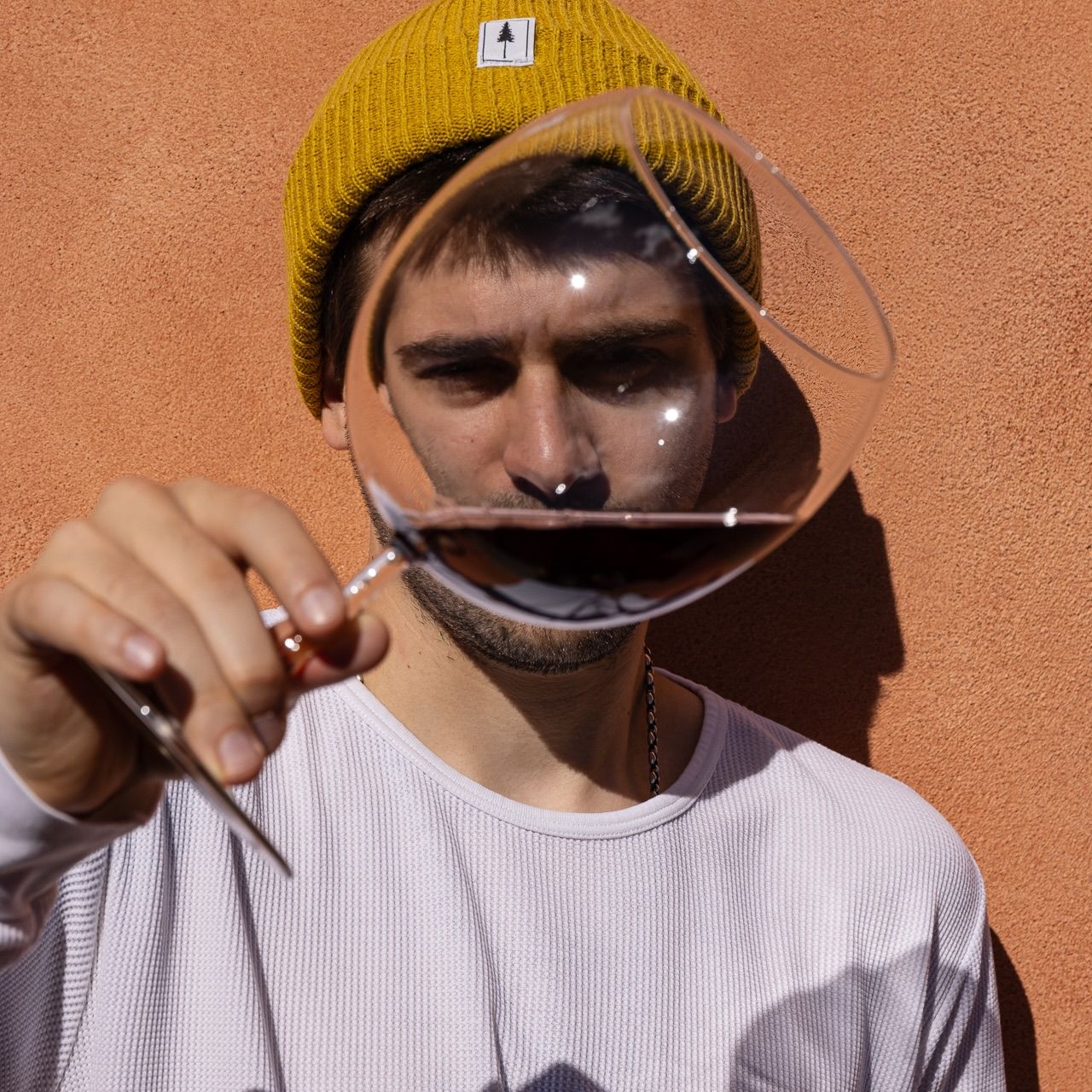The Chinese wine industry is already the stuff of legend with Ningxia winery Ho-Lan Soul turning boulder-strewn wasteland into 30,000 hectares of vines… oh, and building a wine theme park at the same time.
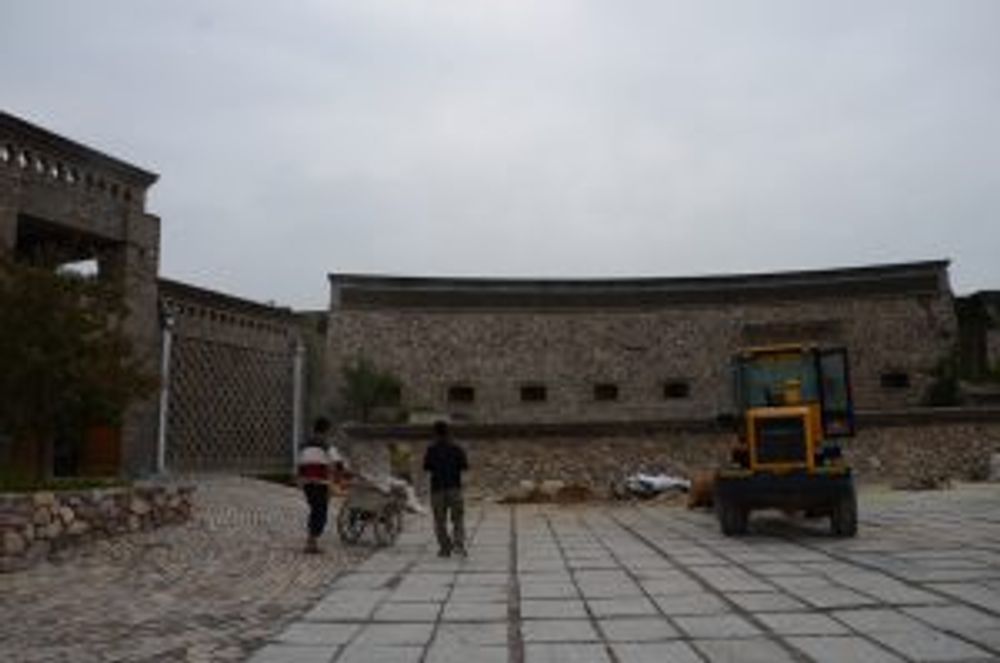
Château Yuanshi, Ningxia
In many ways Ningxia, an economically poor region separated by a narrow mountain range from the Gobi desert, is an unprepossessing place. Biting winds force winegrowers to bury the vines in the winter, meaning they have to be uprooted every 20 years. And yet this is the up-and-coming region for winegrowing in China – and the pursuit for excellence is undeniable.
The top wineries won’t rest until they can match esteemed wines from France on quality. A few already can.
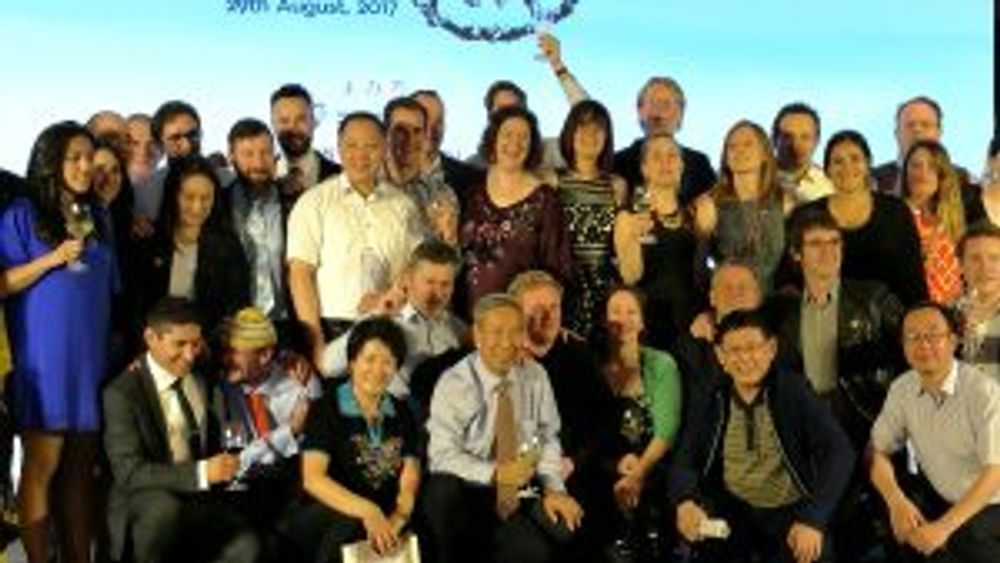
Winemakers Challenge Award Ceremony, Beijing, August 2017
What impresses visitors immediately is the ambition, impatience and scale. With local winemakers already making many good wines and a few excellent ones, officials are clear that the next objective is ‘to take Ningxia wines global’. The local government is throwing money at promotion, including joint television series productions with Australia with storylines featuring, yes… dating winemakers! And the government, which generally wants a shift to a consumption economy, is determined to turn China’s middle classes into a nation of wine drinkers.
What all this means for wine producers around the rest of the world in the next decade can only be guessed at. But winemakers from all four corners of the globe now flock to the annual Ningxia wine Expo held each year in the region’s capital of Yinchuan. There are Swedes and Brits, and Chinese translators are hurriedly being schooled in French. The view, as Austrian winemaker Lenz Moser has put it, is that ‘China is too big to fail’.
The new face of winemaking in China
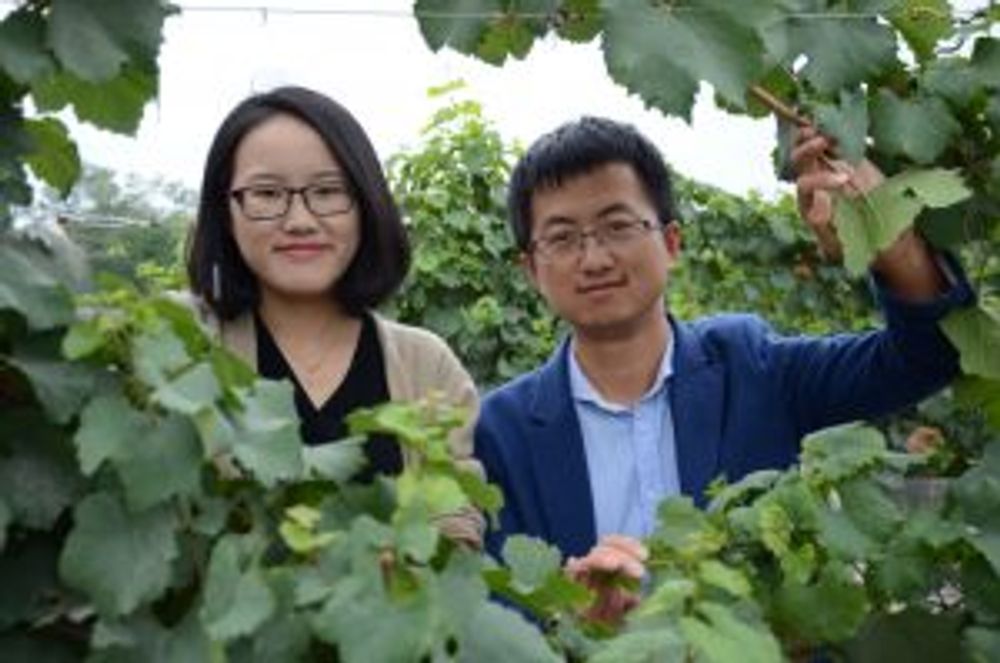
Ms Yuan Yuan and Mr Yang Weiming, Château Yuanshi
At the elegantly walled Château Yuanshi we are introduced to the owner, Ms Yuan Yuan, aged 25, and her winemaker, Mr Yang Weiming, aged 31, who studied winemaking at Suze La Rousse in France. This pair, who oversee 130 hectares, could be seen as the new face of wine in China.
Tending the vines is highly labour intensive – and the need to bury and unbury the wines makes it even more so. But everything about the place shows a strong sense of flair and self-confidence.
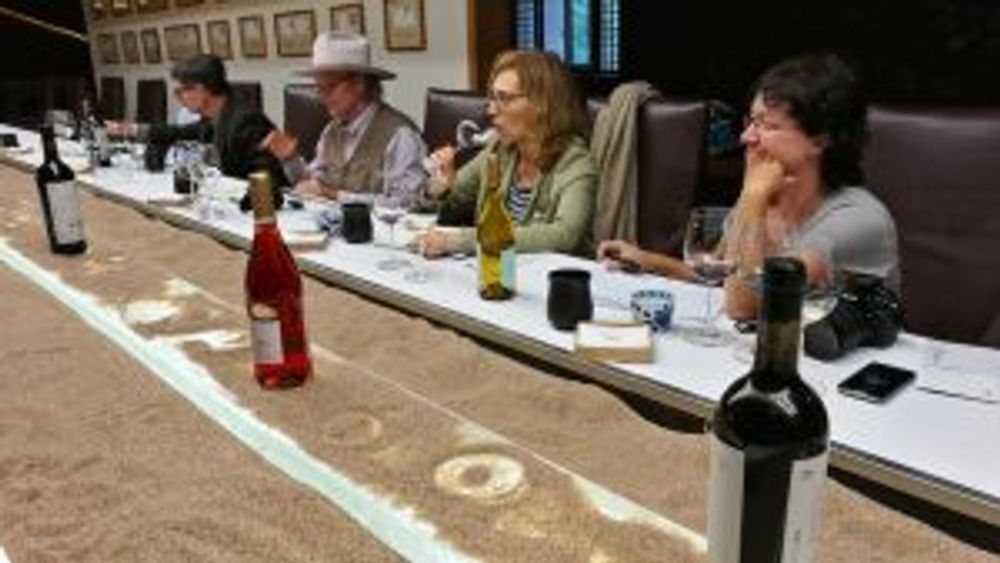
Tasting the wines of Château Yuanshi
The young wine producers make a very attractive Chardonnay, a little bit fat in the mouth, which lights up the faces of the French wine experts I am travelling with. And the château is also being kitted out expensively with traditional Chinese antiques and halls to fulfil its secondary function as a tourist attraction.
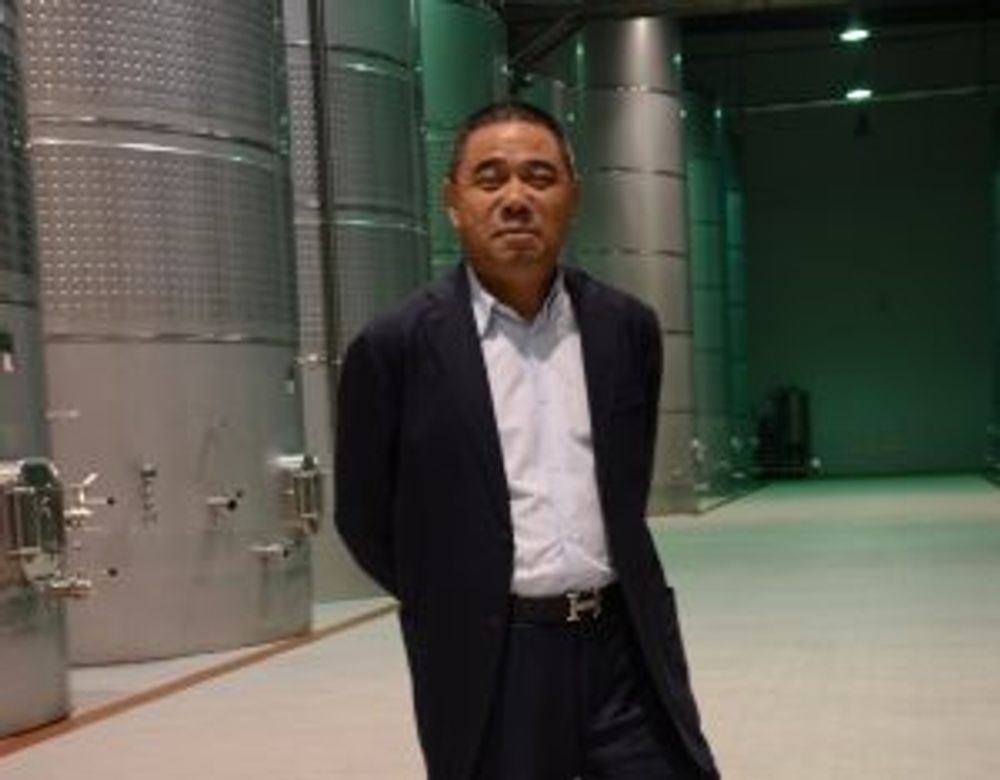
Mr Chen Qi, Ho-Lan Sol
To appreciate the true scale of China’s ambition, however, a visit is necessary a little further north to the Ho-Lan Soul winery. A decade ago the chairman, Mr Chen Qi, defied the advice of just about every sane person and bought thousands of hectares of desolate boulder-strewn land close to the mountain.
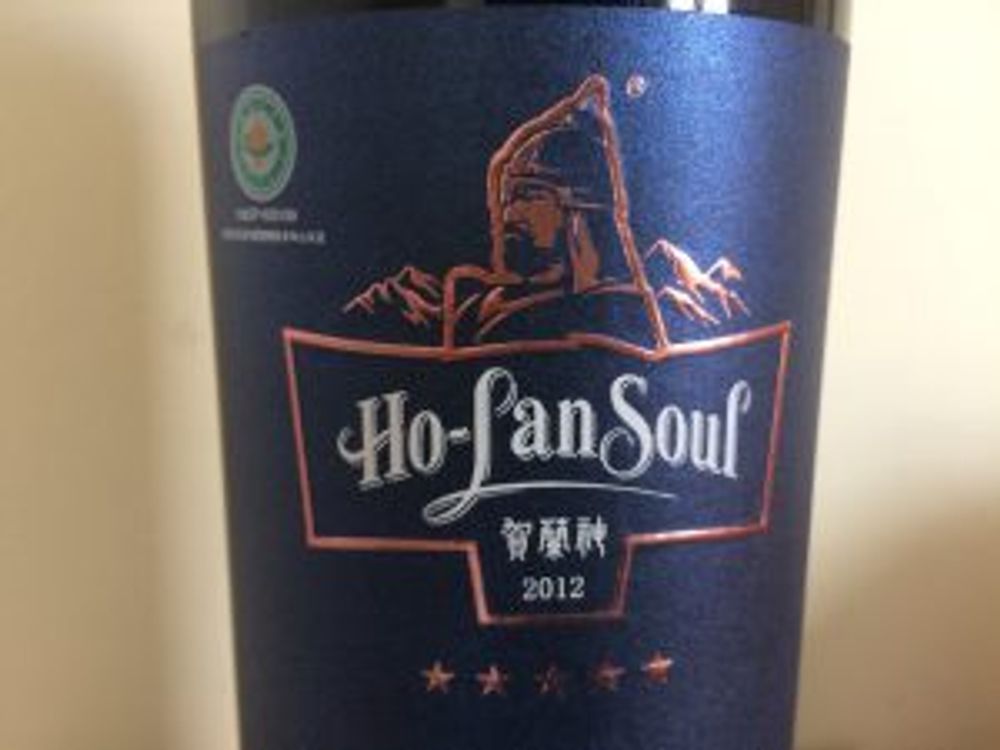
The vineyard now has a staggering 30,000 hectares under cultivation and is one of the biggest producers in China. What has become of the notion of terroir, I don’t know, but Ho-Lan Soul’s logo includes a fearsome traditional warrior which captures the brand’s conquering ambitions.
Cavernous warehouses hold hundreds upon hundreds of new French oak barrels full of various vintages; the winery’s Organic Shiraz 2014 performed particularly well in our blind tasting with a classic French style and the Shiraz to the fore. There is also a fine Cabernet Sauvignon 2012. Prices are high, a bottle of the latter costing around £200. It is evident that the Chinese want to be ‘reassuringly expensive’.
Needless to say Mr Chen’s ambitions do not stop there.
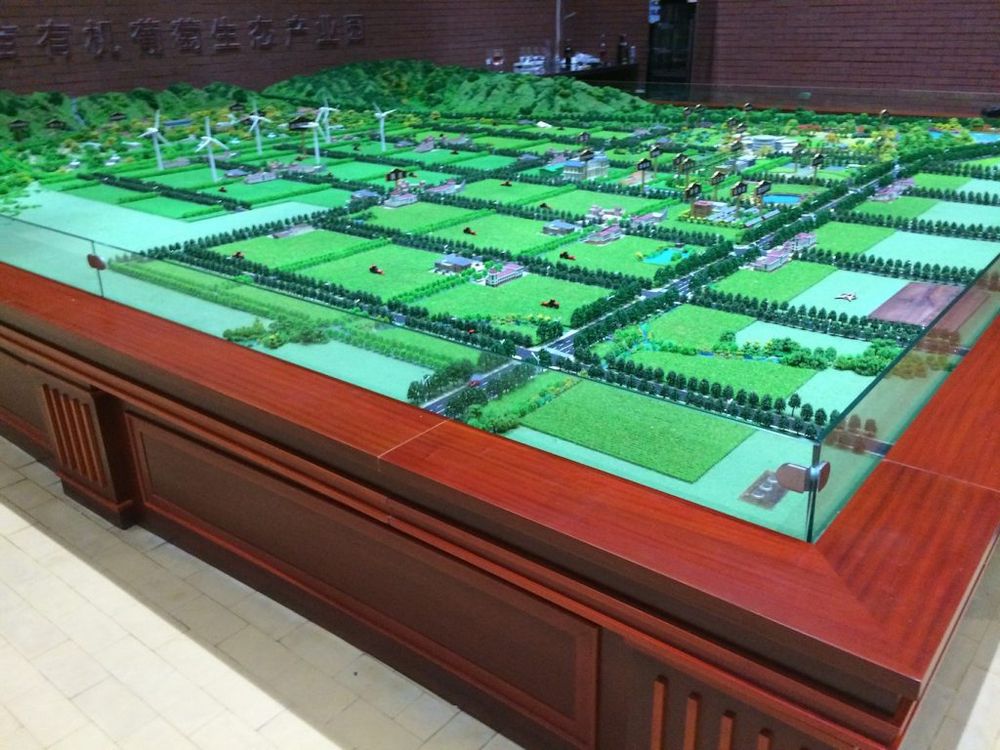
Plans for world-wine domination, including a wine theme park
The next phase of the project will be to turn what was so recently a wasteland into an attraction on a new wine route bringing much-needed tourist revenues into Ningxia, a semi-autonomous region with a high Muslim population. The winery will soon develop into a wine theme park with private châteaux dotted about and the label-conscious super-rich able to buy, and possibly cultivate, their own plots of vines.
Putting the building blocks in place to dominate world wine sales
China is already proving a lucrative market for foreign winemakers, bottling machinery manufacturers and cork suppliers (screwcaps confer too little prestige to an expensive bottle to be considered).
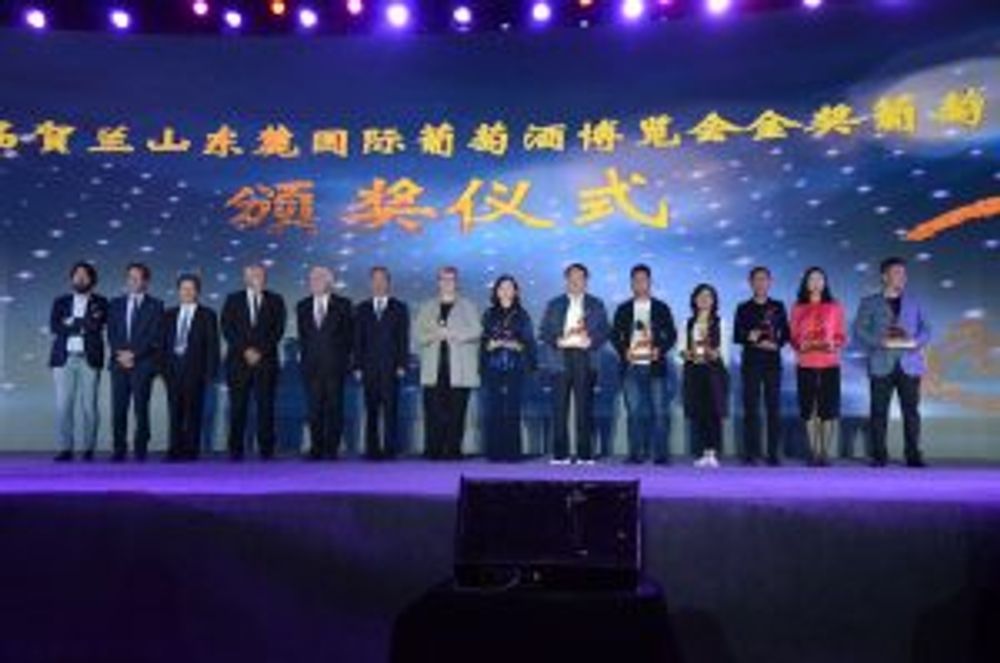
The wine industry is subject to massive investment and public attention
One official at the wine Expo happily predicted that China, with its growing middle class, will soon be the world’s largest consumer of wine. With a population more than four times that of the US, which currently tops the list, that will be difficult but far from impossible. It will require the Chinese middle classes to fundamentally re-orientate their drinking preferences away from traditional products towards wine, but that’s a process already well underway.
The good news for winemakers is that prestigious wines are accorded a hefty price premium. And certainly there seems to be no talk about drinkers’ ‘units’.
Ningxia has embarked upon a classification modelled on Bordeaux’s world-renowned system dating back to 1855 ranking wines from first to fifth growths (crus). This is telling, more than anything revealing both China’s determination and haste to compete with the world’s most sought-after wines.
To Europeans it may seem premature that an industry little more than a decade old should want to dignify its best wines with such categories given the challenges such an invidious task implies. But one suspects in Chinese eyes the wine world is not just about producing the best but about being universally acclaimed as producing best.
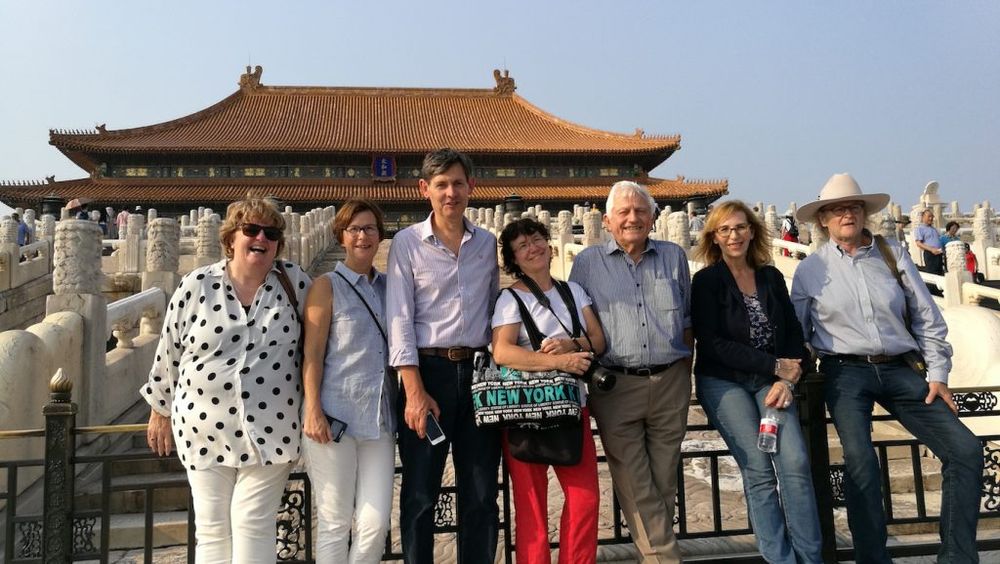
Victor Smart (3rd from left) on the international press trip
